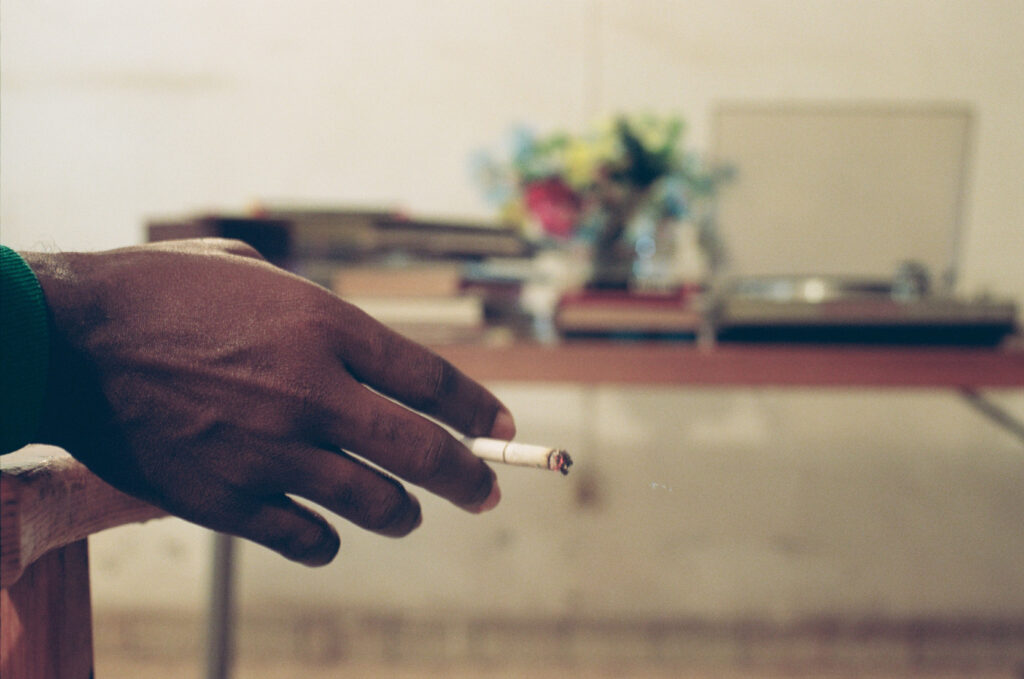Secondhand smoke exposure remains a significant public health concern, affecting non-smokers across various demographics, with notable disparities observed by age group, gender and residence in Kenya.
Secondhand smoke contains more than 7,000 chemicals, 70 of which can cause cancer, and hundreds more that are toxic. Around 1.3 million non-smokers are exposed to second-hand smoke globally,
and exposure to secondhand smoke is responsible for the deaths of more than 880,000 individuals worldwide every year. About half of secondhand smoke comes from the smouldering butt of a cigarette and the other half from exhaled smoke.Non-smokers’ Exposure to Secondhand smoke at home or workplaces
Non-smoking employees often experience high levels of second-hand smoke at work. Specifically in Kenya, the workplace plays a significant role in determining the exposure of many adults to secondhand smoke, as approximately 48% of the working population worked outside their homes.
Non-smokers daily exposure rate to secondhand smoke at home and workplaces by Demographic Groups (2022)
By age group
By gender
By residence
By region
Source: TCDI compilation using TADSAS report (2022)
There is a concerning level of secondhand smoke (SHS) exposure among non-smokers, with notable disparities observed across various demographics at home and workplaces. Individuals aged 35–44 reported the highest workplace exposure (50.8%), followed closely by the 25–34 age group (49%), while older adults aged 45 and above recorded comparatively lower workplace exposure (44.4%), possibly due to senior roles in less congested work environments, which corroborates a study in the United States, where young workers reported higher exposure to secondhand smoke.
Conversely, older individuals in the 55-65 and 45-54 age brackets reported higher exposure at home, recording 10.9% and 9.7%, respectively.Gender disparities are evident, with males (52%) showing higher workplace secondhand smoke exposure than females (48%), whereas females (8.2%) experienced higher home exposure than males (4.8%). In terms of residence, urban dwellers reported a higher rate of workplace exposure, while rural dwellers faced higher home exposure compared to their urban counterparts. Regionally, exposure levels vary significantly, ranging from exceptionally high in Coast (60.2%) and Nairobi (58.8%) to relatively low in Nyanza (1.2%) and Western (3.4%).
These highlight disparity in enforcement and sociocultural factors influencing indoor smoking norms. Targeted interventions focusing on high-risk groups, residential environments, and stringent smoke-free policies across all indoor spaces are essential to protecting non-smokers from the adverse health effects of SHS exposure in Kenya.
Non-smokers’ Exposure to Secondhand smoke in Hospitality Venues
Exposure rates are more prevalent at Bars or clubs than at restaurants.
Non-smokers daily exposure rate to secondhand smoke at hospitality venues by Demographic Groups (2022)
By age group
By gender
By residence
Source: TCDI compilation using TADSAS report (2022)
Age-wise, younger individuals aged 15-24 experienced the lowest exposure rates at both restaurants and Bars or Nightclubs, while older individuals aged 55-65 experienced highest exposure rates at restaurants and Bars or Nightclubs, reporting 57.1% and 100% , respectively. In terms of gender, males are more exposed to secondhand smoke than females at restaurants and Bars or clubs. While urban dwellers experienced a higher exposure rate than their rural counterparts at restaurants and Bars or Nightclubs.
Health Effects of Exposure to Secondhand Smoke
Children are more susceptible to the effects of second-hand smoke than adults.

Adults’ exposure to secondhand smoke has immediate adverse effects on the cardiovascular system and can cause coronary heart disease and lung cancer.
Adults who live with a smoker have a 20%-30% increase in the risk of developing lung cancer.
Even brief exposure can trigger heart attacks.
Research shows that there is a 25%-30% increase in the risk of coronary heart disease with exposure to secondhand smoke.
Myths About Secondhand Smoke

Myth: Smoking out of a window or near an extractor fan will protect others in the room from secondhand smoke.
Fact: Smoke from one cigarette can linger in a room for up to two and a half hours, even with a window open.

Myth: If an inside space is ventilated after smokers have used it, there will be no health risks.
Fact: Residue from tobacco smoke can linger on surfaces, furniture, floors, and walls for several months. This is known as thirdhand smoke. Infants and young children are thought to be most at risk of this type of exposure.




